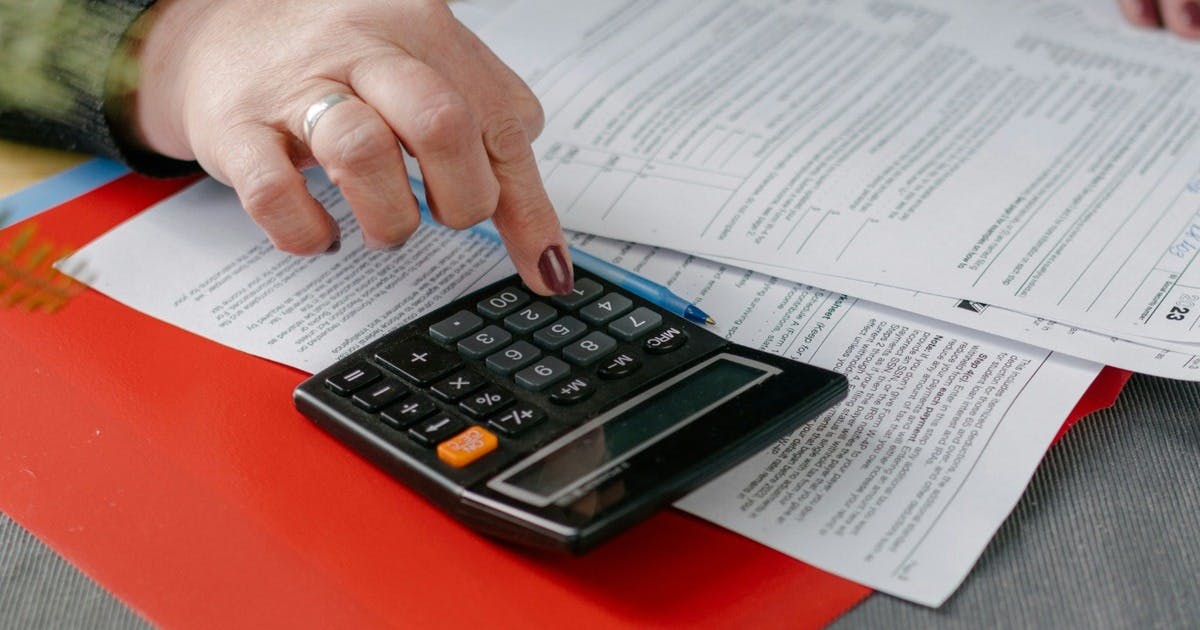
How to Check and Verify VAT Numbers in Ireland and the EU

Summary
Vatcheck guide for Irish businesses: verify IE/EU VAT numbers with VIES, recognise formats, fix “invalid” errors, and save proof.
Quick answer: how to validate an Irish/EU VAT number
- Go to the EU’s VIES VAT number validation tool.
- Select the Member State (e.g., Ireland) and enter the VAT number.
- Submit to get a Valid or Invalid result.
- Save proof (screenshot/print with date and request ID if shown) for your audit trail.
What is VIES and when should Irish businesses use it?
VIES (VAT Information Exchange System) is an EU gateway that queries national VAT databases in real time to confirm whether a VAT number is valid for intra-EU trade. It isn’t a single database - it’s a search engine that forwards your query to each country’s register. Results are “Valid” or “Invalid,” and outages do happen, so retry if needed. Keeping a record of your checks is recommended for tax controls.
VIES helps confirm VAT numbers of EU customers and underpins zero-rating controls on cross-border supplies. Remember: VIES applies to intra-EU trade only.
Irish VAT number format (with examples)
Irish VAT numbers carry the IE country prefix for intra-EU use. Typical Irish formats you’ll see include patterns like:
- IE1234567T (legacy style)
- IE1234567FA (since the range extension, two trailing letters are common)
Irish VAT numbers are used internationally with the IE prefix; format variations exist due to historic and modern numbering ranges. Always validate via VIES rather than relying on appearance alone.
Don’t confuse Ireland’s domestic-only VAT registrations with intra-EU registrations. Since 2019 a two-tier system exists; traders registered “domestic-only” won’t appear for cross-border VIES checks until they’re enabled for intra-EU activity.
Step-by-step: use VIES to validate a VAT number
- Open VIES and pick the Member State of your customer (e.g., IE for Ireland, FR for France).
- Enter the VAT number (without spaces if the tool prompts).
- Submit to see the status.
- Valid: VIES displays confirmation.
- Invalid: Either the number doesn’t exist, isn’t activated for cross-border transactions, or the registration isn’t finalised yet in the national system.
- Capture evidence: Save a PDF/print or screenshot showing the result, time/date, and any request identifier if presented.
- If invalid but the customer insists they’re registered: Ask them to confirm with their national tax office; some countries require an extra activation for intra-EU supplies.
Why your VAT check fails (and how to fix it)
- Typos & spacing: Wrong letters/digits or stray spaces. Re-enter carefully.
- Wrong country selected: Pick the correct Member State that issued the VAT number.
- Not enabled for intra-EU trade: Some numbers are domestic-only until a cross-border flag is added - ask your customer to activate it.
- Recent registration: New registrations can take time to appear. Try again later or contact the national authority.
- System downtime: National databases sometimes go offline; VIES advises trying again later.
Record-keeping: what proof should you keep?
The EU recommends keeping track of your validations in case of a tax audit - e.g., PDF prints or screenshots with the date/time and any request/consultation number shown by the system. If your ERP or accounting system logs VIES checks automatically (some do), export or retain that log for your files.
When Irish Revenue expects you to verify a VAT number
If you supply B2B services to an EU customer, Revenue says you must confirm the customer’s status - typically by obtaining the VAT number and confirming its validity (and then noting reverse charge on the invoice where applicable). If the customer is new and lacks a VAT number, seek alternative proof of taxable status or a letter from the customer’s tax authority, as Revenue outlines.
Automation & bulk checks (for finance teams)
If you process many orders, consider automating VAT checks via your finance/ERP stack or a bulk validation service that queries VIES. Ensure the tool stores a timestamped audit trail per customer/vendor and lets you export logs on demand. (Example: some ERP systems integrate the “EU VAT Reg. No. Validation Service” and keep a VAT Registration Log with a request identifier.)
This blog post is for informational purposes only and does not constitute tax, financial, or legal advice. Tax laws and regulations are subject to change and may vary based on individual circumstances. Readers are strongly encouraged to consult with a qualified tax professional or financial advisor before making decisions based on the information provided. We make no guarantee regarding the accuracy, completeness, or applicability of this content to your particular tax situation.
Found this article helpful? Share it with others
Related Posts

VAT Calculation Ireland: How to Calculate VAT at the Various Rates

A clear, practical guide to calculating Irish VAT with formulas, worked examples, mixed-rate invoices, and key compliance tips.

Local Property Tax (LPT) in Ireland

A clear guide to how Local Property Tax (LPT) in Ireland is calculated.